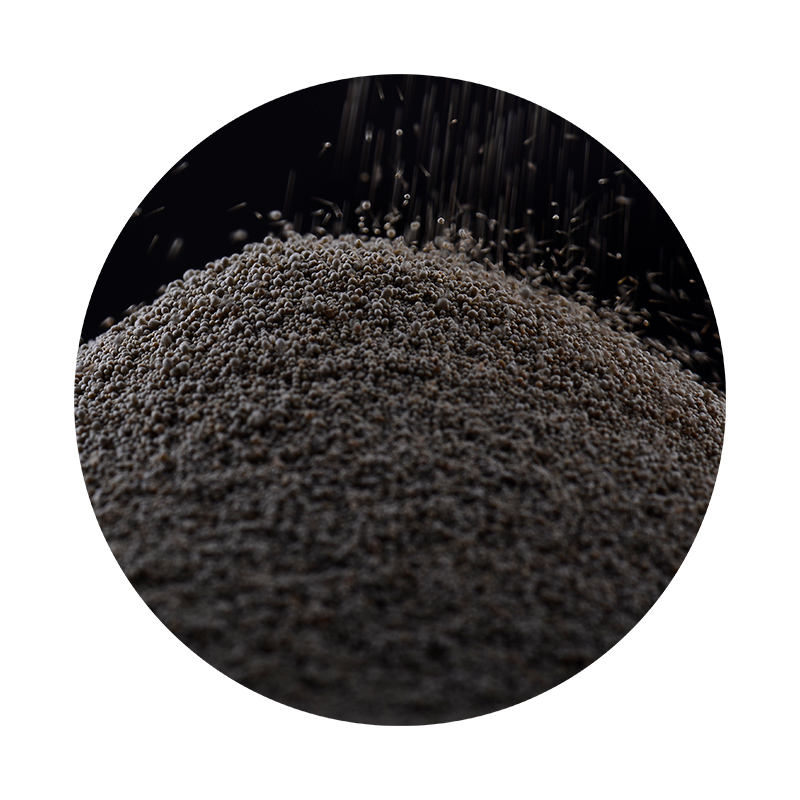Sanding Glazed Ceramics A Comprehensive Guide
Sanding glazed ceramics is a delicate yet essential process in the world of pottery and ceramic crafting. Whether you're a professional potter or a DIY enthusiast, understanding the critical aspects of sanding glazed surfaces can make a significant difference in the quality of your finished pieces. This article explores the techniques, tools, and considerations involved in sanding glazed ceramics.
Understanding Glazed Ceramics
Before delving into the sanding process, it's vital to grasp what glazed ceramics are. Glazes are glass-like coatings applied to ceramics, providing a layer of color and texture while also making the surface waterproof and easy to clean. However, these glossy finishes can sometimes present challenges, particularly when it comes to imperfections or achieving a specific surface texture.
Importance of Sanding
Sanding serves multiple purposes in ceramic crafting. It can help remove rough edges, smooth out imperfections, or prepare a surface for additional glazing. Proper sanding can also enhance the overall aesthetic appeal of a piece, creating a refined and polished look. Whether you're working on a handmade pottery bowl or a decorative tile, the sanding process is integral to achieving that professional finish.
Tools and Materials
To effectively sand glazed ceramics, you'll need the right tools and materials. Here’s a list of what you might require
1. Sandpaper Use wet/dry sandpaper with varying grits. Start with a coarser grit (around 220) and gradually move to finer grits (up to 2000) for a smooth finish. The wet/dry type allows for sanding with water, reducing dust and minimizing scratches.
2. Sanding Block or Sponge A sanding block helps maintain even pressure and provides a flat surface for sanding. A sanding sponge, on the other hand, can conform to irregular surfaces.
4. Safety Gear While sanding, it’s essential to wear a dust mask and safety goggles to protect yourself from fine particles.
sanding glazed ceramics

The Sanding Process
1. Preparation Begin by cleaning the ceramic piece to eliminate any dirt or debris. This step ensures that you’re not grinding any particles into the glaze while sanding.
2. Initial Sanding Dampen the sandpaper slightly with water or use it wet. Start with the coarser grit sandpaper to remove any significant imperfections or rough areas on the glaze surface. Use gentle, circular motions or follow the contours of the piece to avoid creating uneven spots.
3. Progress to Finer Grits Once the initial roughness is smoothed out, switch to a finer grit sandpaper. Repeat the sanding process, being careful to maintain a uniform surface. The finer grit will help polish the glaze, giving it a sleek finish.
4. Final Touches After sanding, wipe the piece with a damp cloth to remove any dust or residue. Inspect the surface to ensure it's as smooth as desired. If necessary, perform additional sanding with even finer grit sandpaper to achieve your desired finish.
5. Clean Up Properly dispose of all sanding debris and clean your workspace to avoid contamination for future projects.
Considerations
While sanding can significantly enhance the look of glazed ceramics, there are a few considerations to keep in mind
- Type of Glaze Different glazes have varying hardness levels, and some may be more prone to scratching. Test a small, inconspicuous area first to ensure your method won’t damage the piece.
- Thickness of Glaze If a piece has a thick layer of glaze, be cautious during sanding to avoid removing too much material, which can expose the clay body underneath.
Conclusion
Sanding glazed ceramics might seem daunting initially, but with the right tools and techniques, it is a manageable and rewarding task. A well-sanded piece not only exhibits professional craftsmanship but also enhances the overall functionality and aesthetic appeal of the ceramic work. Whether you're preparing for a new glazing phase or simply perfecting a beloved piece, mastering the sanding process will undoubtedly elevate your ceramic creations. Happy sanding!
Post time:12월 . 10, 2024 06:27
Next:when was sand casting invented
